Dog-friendly backyard ideas – 10 ways to create a stylish and safe space for you and your pet
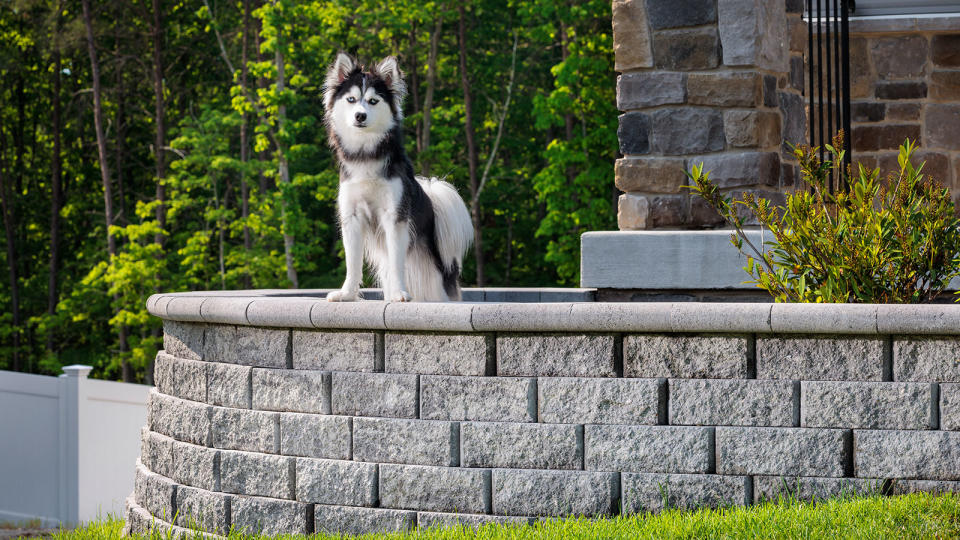
Are you a proud pet parent? If so, creating a dog-friendly backyard is all important for both you and your pooch.
We all long for a beautiful yard to gaze upon from the house and a leafy space we can unwind in with family and friends, but if you also have the needs of a canine member to accommodate achieving this can seem thwarted with problems and unattractive compromises.
Working out how to subtly divide off doggy digging areas to knowing which plants are safe and potentially harmful to dogs, are all commonly faced problems. Other headaches when choosing pet-friendly backyard ideas include finding ground cover and paving options that are dig-proof, easy to clean as well as affordable and attractive, along with whether to opt for a real or artificial lawn. Sound familiar? Well, we’ve spoken to our panel of trusted garden design and pet care experts, to get their advice.
10 ways to create a dog-friendly backyard
Whether you're tired of trying to keep your dog off your flower beds, or simply want to give your pet a more engaging outdoor space, there are plenty of ways to make your backyard more dog-friendly so they can happily (and safely) spend time playing outdoors.
1. Get the hard landscaping right
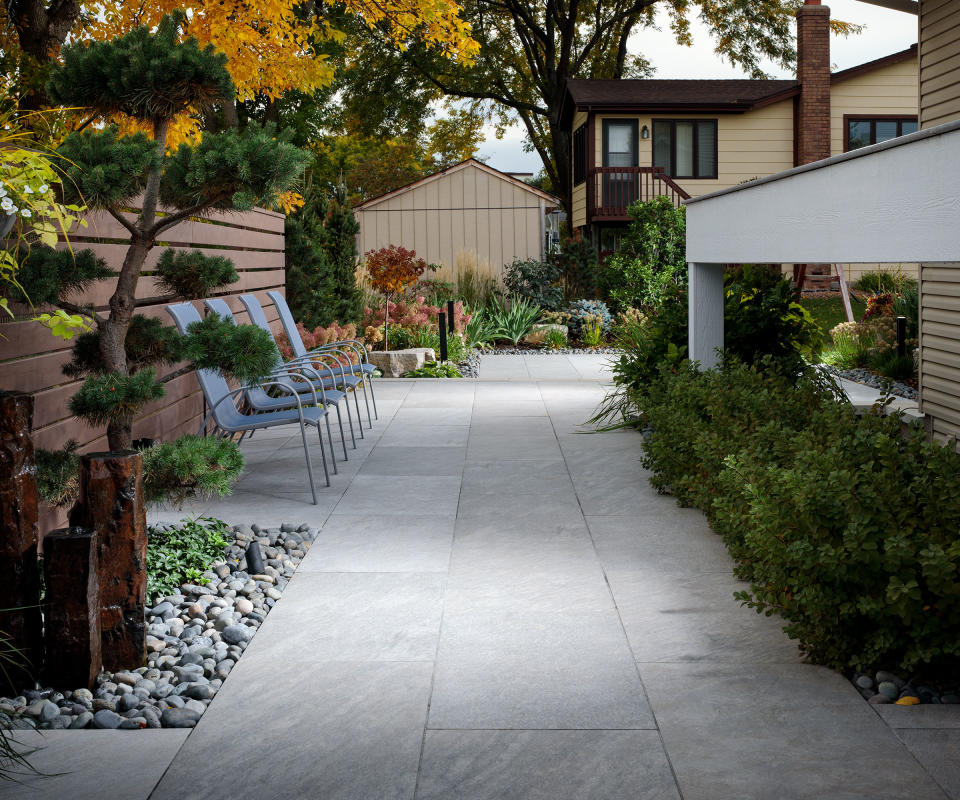
Striking balance between providing an attractive, pet-stimulating space that is also quick and easy to maintain can at first seem impossible but there are a few simple tips to try.
‘Grass-free lawns are becoming a popular alternative, especially in areas with less rainfall, with homeowners opting for hardscapes to reduce maintenance and water usage,’ says Joe Raboine, Vice President of Design at Belgard. 'If you choose to hardscape areas of the yard, be sure to select concrete or porcelain pavers, as they provide the most durability.’
Besides choosing these exceptionally hardwearing and virtually nonporous surfaces for your backyard landscaping, there are other precautions you can take to help cut down on maintenance and to reduce the risk of any staining occurring.
‘Sealing your pavers is also key to keeping them looking and performing their best,' explains Joe. 'Apply sealant once your installation is complete to start with a base of protection. It is recommended to reapply a sealant once every three to five years – after a thorough cleaning of the area – to ensure pavers maintain their color and freshness.’ Sealing joints and any grout lines is another worthwhile trick to keep your paved backyard looking its best.
‘Just like you would clean up after your dog on a walk, make sure to clean up your hardscapes,' adds Joe. 'Large-format pavers are an ideal option, minimizing the need to clear between tricky joints.’
2. Avoid plants that could be toxic to dogs
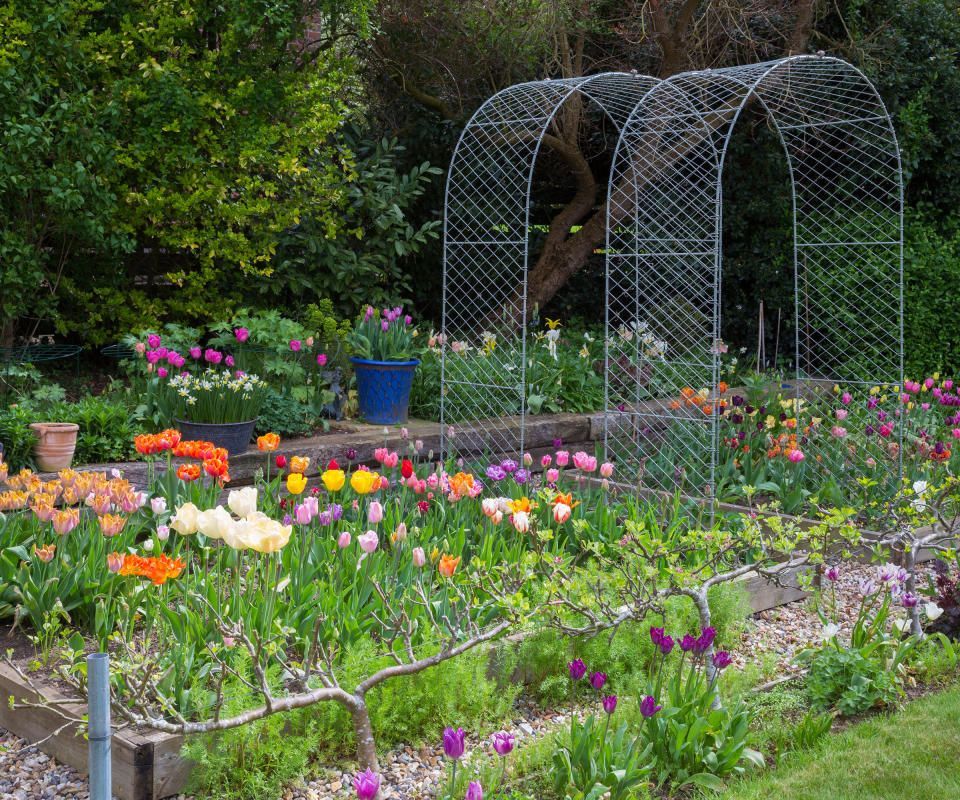
To truly relax and enjoy your outdoor space you need to be confident that it is safe and secure for your pooch, so you don’t have to monitor their every step outside. One aspect of their yards that homeowners often overlook is planting. Prickly beauties such as thistles, berberis, cotoneaster and ground cover roses are best avoided near paths or your pets favorite play place, but there are other less obvious issues to consider too.
Nicolas Wayne, founder of Nicolaslawn.com explains: ‘Some plants are poisonous to dogs, so it's essential to select pet-friendly plants carefully. Some commonly cited plants that can be toxic to dogs include azaleas and rhododendrons, tulips and hyacinths, lilies (including Easter, Tiger, and Asiatic lilies), foxgloves and oleander.’
Leading experts at Pet Poison Helpline say that ‘severe poisoning from hyacinth or tulip poisoning is often seen when dogs dig up freshly planted bulbs or have access to a large bag of them.’ Symptoms can range from drooling, vomiting to difficulty breathing, so if you have a particularly inquisitive pet, it is best to avoid having these plants in your flower beds.
3. Choose dog-friendly plant varieties instead
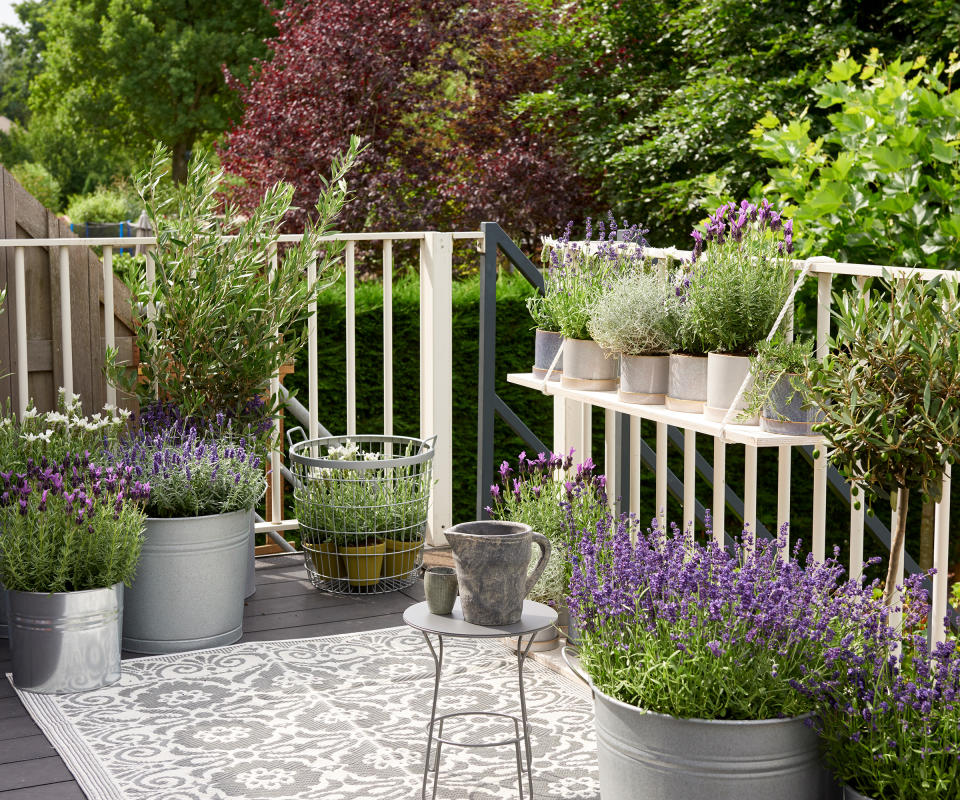
Of, course there are plenty of gorgeous, dog-friendly plants to choose for your backyard that pose no threat if brushed or eaten out of curiosity. Cheery sunflowers along with bright and breezy petunias, snapdragons, marigolds and zinnias are all brilliant long-lasting choices for filling your container garden, brightening borders and for planting in hanging baskets.
For the back of borders and dividing of boundaries and different sections of a yard, look for robust shrubs such as viburnum, camellia, bottle brush with its showy blooms and evergreen foliage, elegant magnolia and forsythia.
Besides many attractive pet-safe plants, some are even beneficial to your pooch. Rosemary, catnip, wormwood and many other fragrant, culinary herbs can deter fleas and help keep ticks and mosquitoes at bay. While lavender and German chamomile can help calm boisterous behaviour.
For complete peace of mind before planting anything in your yard, the American Society for the Prevention of Cruelty to Animals (ASPCA) has a comprehensive list of both toxic and non-toxic plants.
4. Consider an artificial lawn
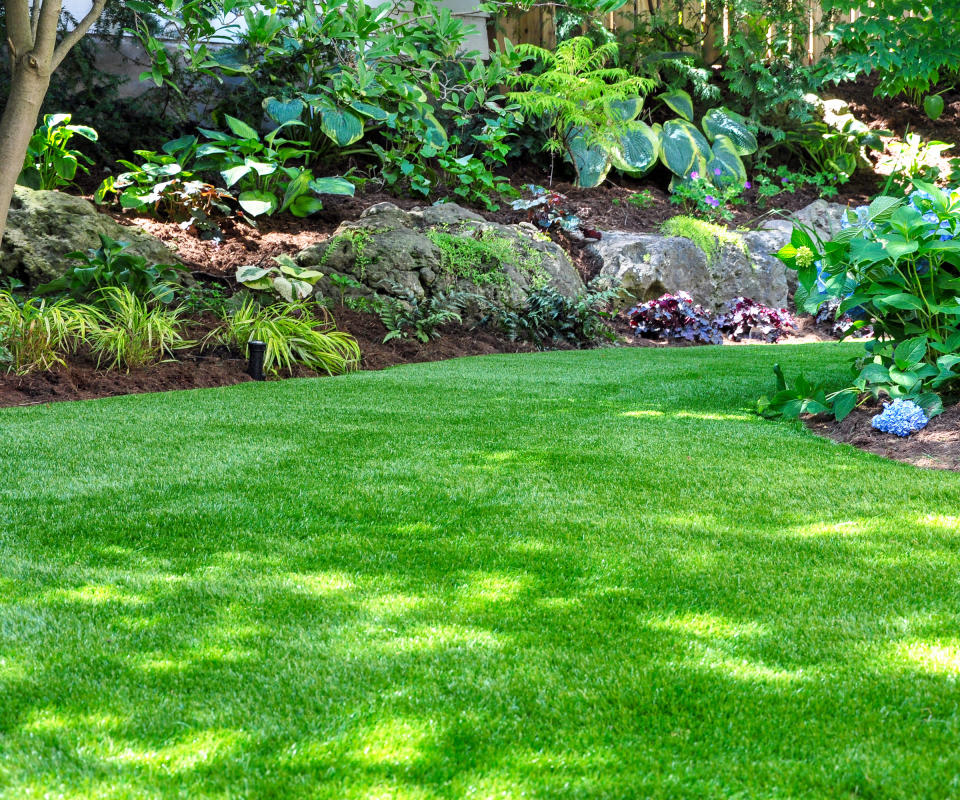
This is definitely a hotly debated subject, on which dog owners and garden professionals are divided. ‘As anyone with dogs is liable to know, dogs aren’t typically compatible with a lush lawn and perfect landscaping,’ says Ryan Farley, CEO of LawnStarter.com. ‘For a truly dog-friendly backyard, I might recommend dedicating most of the space to mulch or synthetic turf options that won’t get torn up or discolored by canine outdoor activities and play.’
There are many artificial lawn products that are specifically dog friendly. Often with an especially free draining backing that also has anti-bacterial qualities – helping to reduce smells and the dangerous build-up of mold and mildew, they are also manufactured to withstand repeated wear and tear. Easy to hose and brush down as needed, they can seem the ideal answer but there are a few potential downsides.
‘Artificial turf looks great and will stand up to wear and tear from paws. However, in the summertime, it heats up like the surface of the sun. It's been known to melt athletic cleats on hot days in the South,’ explains Eric DeBoer, agronomist for Simple Lawn Solutions. ‘If you want your pup to be able to enjoy your backyard during the summer months, the temperature of the surface could hinder their enjoyment.’
‘Your dog will also have less enjoyment trying to sniff, dig, and discover things in a plastic mat vs real soil and grass, Eric also points out. 'Overall, nothing will replicate the feel of walking through a natural grass lawn.’
5. Choose a pooch-tolerant grass variety
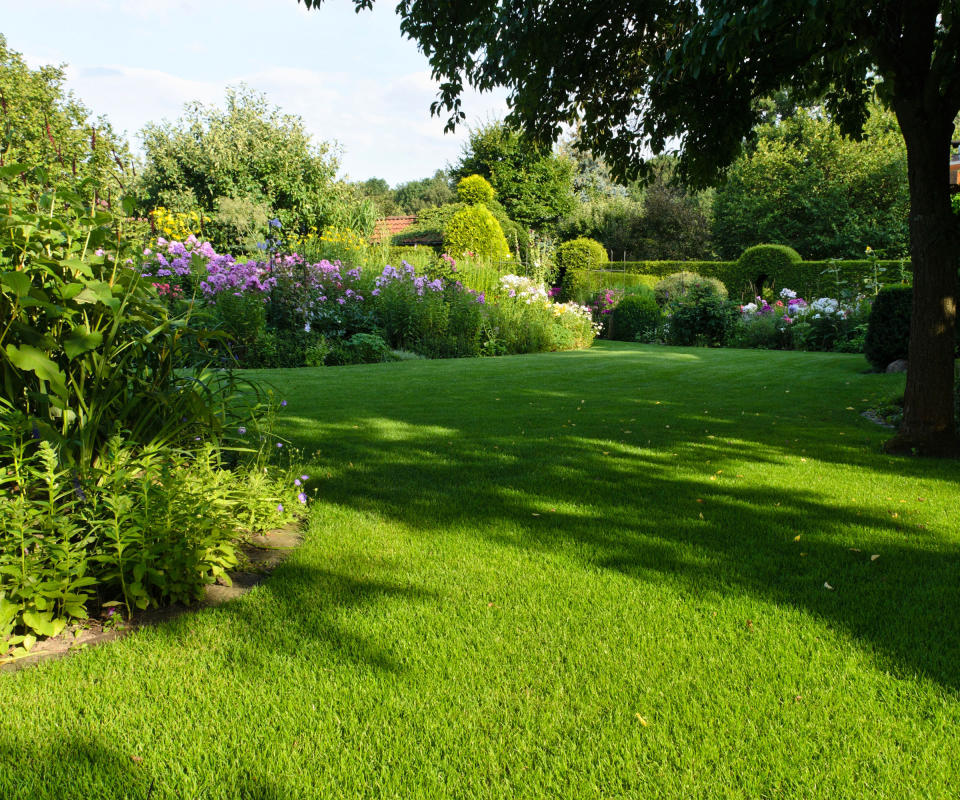
If you don't like the idea of a no-grass backyard or want to avoid artificial turf, then it's worth considering the type of grass you should grow. In terms of being peed on regularly or coping with the general wear and tear four paws can cause, some grasses can cope much better than others. The type of grass you grow will, firstly, depend on your local climate.
In southern regions warm-season grasses are a must. ‘Pound-for-pound Bermuda grass (Cynodon dactylon) or a hybrid Bermuda grass (Cynodon dactylon X C. transvaalensis) is going to be the best choice for homeowners with dogs,’ explains Eric DeBoer. ‘First, it has been shown, along with Zoysia grass (Zoysia spp.), to be most tolerant of urine. Second, it's just hard to kill and stands up to traffic really well. Third, it is a fast-growing grass seed under the correct circumstances, which can help it bounce back from any injury it incurs from traffic and urine. Zoysia will tolerate the urine but is a slow grower, so it will take a while to fill back in if any traffic or urine damage does occur.’ Pennington Bermuda grass seed from Walmart would be a suitable option to try.
In the US mid zone and northern states, cool season grasses that lie dormant between fall and early spring are the better option for lawns. There are a few varieties of grass seed and sod to choose from, but some are more dog-tolerant than others.
‘Cool-season grass owners will do best with tall fescue (Schedonorus arundinaceus) for dog urine damage,’ continues Eric. ‘For traffic, tall fescue is deeply rooted and will hold up well, but once it reaches the breaking point, getting it to recover and fill back in will feel impossible. Tall fescue is a bunch-type to weakly rhizomatous grass, so it doesn't fill in bare spots well, at all. Kentucky bluegrass (Poa pratensis) is bad for urine damage, but for traffic and recovery, you can't beat it for a cool-season lawn.
There are lots of tall fescue grass seed options available online, including this Scotts TurfBuilder tall fescue mix from Walmart.
'People in more northern climates looking to switch to a Bermuda grass for better dog-tolerance compared to cool-season turf, would do well by looking into improved cultivars of hybrid Bermuda grass like Tahoma 31, Latitude 36, Northbridge, and Iron Cutter,' adds Eric.

 Yahoo Autos
Yahoo Autos 